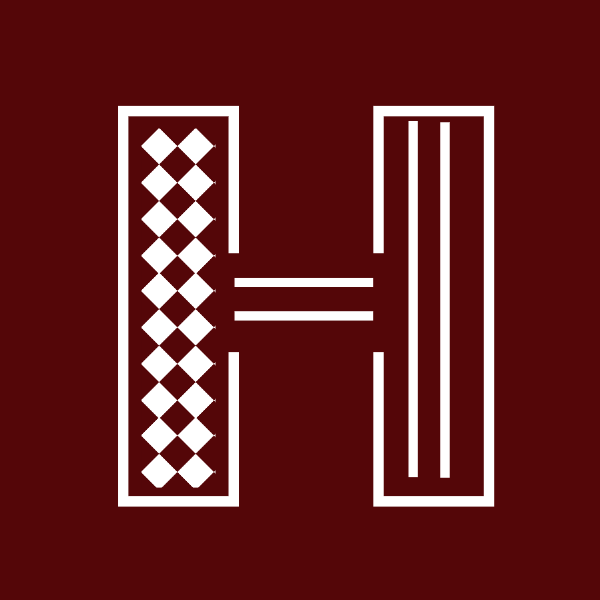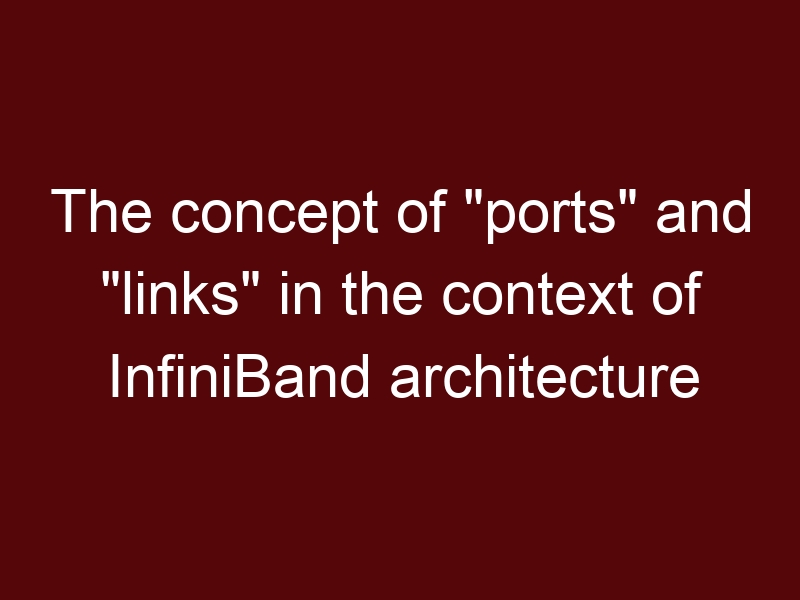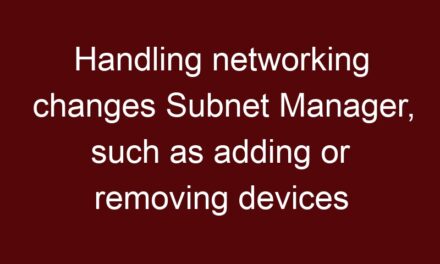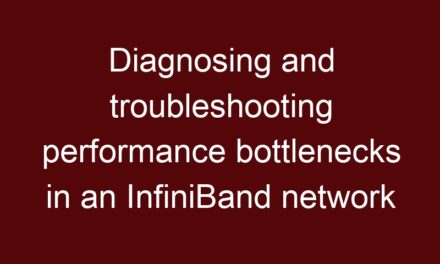In the context of InfiniBand architecture, “ports” and “links” are fundamental concepts that relate to the physical connectivity and communication within an InfiniBand network.
Ports:
A port in InfiniBand represents a connection point on an InfiniBand-enabled device, such as a server, a switch, or a storage device. Each port is assigned a unique identifier known as the Local Identifier (LID), which distinguishes it within the InfiniBand subnet. Ports are the endpoints for data communication and are categorized into two main types:
- HCA Ports (Host Channel Adapter Ports): These are the ports on servers or compute nodes that are equipped with an InfiniBand Host Channel Adapter. HCAs enable the node to interface with the InfiniBand fabric, allowing data to be sent and received via InfiniBand links.
- Switch Ports: These are the ports on InfiniBand switches. Switch ports facilitate the routing of data between HCAs and other devices connected to the switch. Switch ports play a crucial role in managing the data flow within the InfiniBand network.
Links:
An InfiniBand link is a physical connection between two ports. It is the pathway through which data travels between devices in the network. InfiniBand links are typically implemented using high-speed copper or fiber-optic cables. Links are classified based on their data transfer rates and capabilities:
- Single Data Rate (SDR): Offers a data transfer rate of 2.5 Gb/s per lane (bidirectional), resulting in an aggregated rate of 5 Gb/s for a 4-lane link.
- Double Data Rate (DDR): Provides a data transfer rate of 5 Gb/s per lane, resulting in an aggregated rate of 20 Gb/s for a 4-lane link.
- Quad Data Rate (QDR): Offers a data transfer rate of 10 Gb/s per lane, resulting in an aggregated rate of 40 Gb/s for a 4-lane link.
- Fourteen Data Rate (FDR): Provides a data transfer rate of 14 Gb/s per lane, resulting in an aggregated rate of 56 Gb/s for a 4-lane link.
- Enhanced Data Rate (EDR): Offers a data transfer rate of 25 Gb/s per lane, resulting in an aggregated rate of 100 Gb/s for a 4-lane link.
- HDR (High Data Rate): Provides a data transfer rate of 50 Gb/s per lane, resulting in an aggregated rate of 200 Gb/s for a 4-lane link.
Each port on a device can have multiple links, and these links provide the bandwidth for data transfers. The choice of link type affects the overall throughput and performance of the InfiniBand network. Devices with compatible link types can establish connections and exchange data through these links.
In summary, ports represent the connection points on InfiniBand devices, while links are the physical pathways that enable data to flow between these ports at various data transfer rates. Both ports and links play a critical role in establishing communication within an InfiniBand network.





